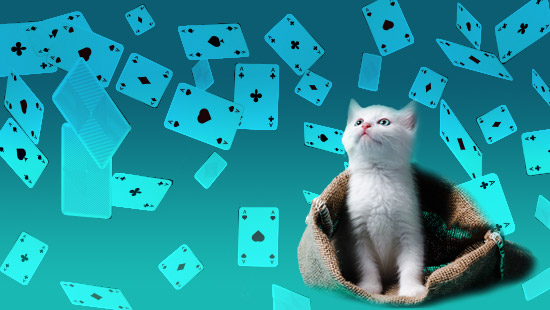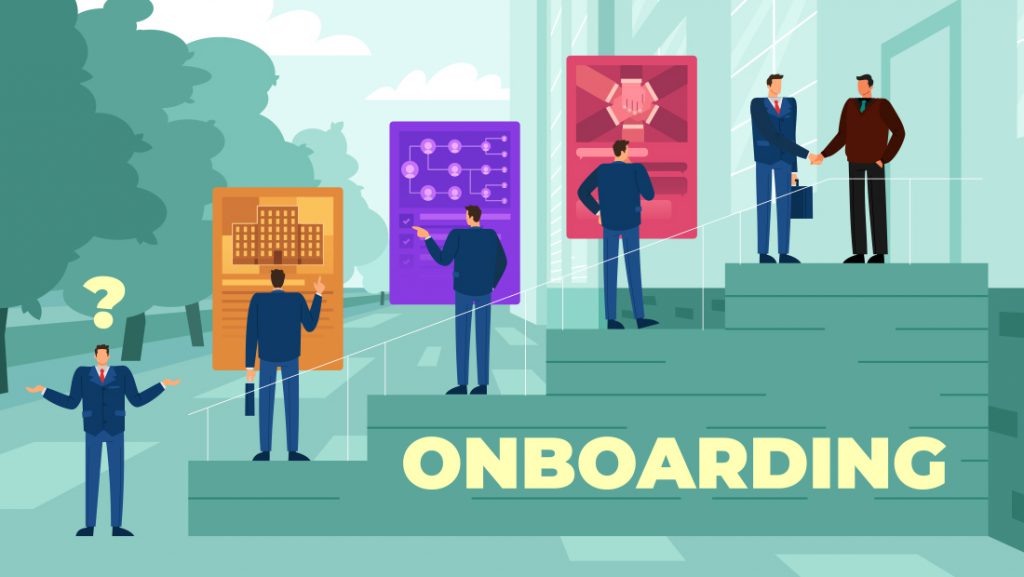We are an attention-deficit people, so they say, before they lose interest and jump to another topic. Science tells us that we are born curiosity-rich and attention-poor. Contempt apart, familiarity does breed distraction.
Way back in 1964, long before we started blaming technology for denuding our collective attention, a study showed that “infants between 2 months and 6 months old grew less and less interested in a complex visual pattern the more they looked at it.”
Nearly 20 years later, another study found slightly older children to prefer new toys once they got used to the old ones (yes parents, who needs a study to tell you that!)
Do you still expect your employees, many of them at least casual gamers, to pick up what they need to learn to push your business forward by sitting in the same old classrooms and looking at the same old presentations?
Always curious, always learning
Mario Livio, author of Why? What Makes Us Curious talks of three types of curiosities.
We feel perceptual curiosity when we see something that surprises or puzzles us. “It is felt as a sort of uneasiness, an unpleasant situation, a bit like an itch you need to scratch,” Livio explains.
Epistemic curiosity triggers our love of knowledge and the desire to learn new things. Livio says this is usually experienced as a pleasurable thing, with knowledge as the reward.
Then there is specific curiosity (might as well call it Google curiosity) for a specific piece of information.
Livio says that as one ages, the nature of curiosity changes from the perceptual (even willing to take risks for novelty) to the epistemic. While the love of knowledge remains, the willingness to take risks does decline with age.
Curiosity has an evolutionary purpose. Unless they were curious about things and happenings around them, people would not survive. Else we will keep plunging our hand into the fire and walking off cliffs.
“Very often we are afraid of things we don’t know much about or we don’t understand, and if we become curious about them and learn more about them, then we are much less afraid,” Livio points out.
While every new skill or a prescribed habit may not intimidate, judicious use of gamification can help counter both ignorance and hesitation. It can even make the learning worth the challenge, an exciting risk.
Keep the surprises coming
Oren Klaff, author of Pitch Anything, states that during meetings, people pay attention to what you say until they can fit you into a pattern that they have previously recognized. Then they immediately zone out. Therefore, it is important to give a pitch that continuously serves unexpected and unpredictable information to keep people engaged. This holds true for gamification, too.
We tend to be more engaged in an experience when there is the possibility (as against certainty) of winning. As Yu-kai Chou observes, if a reward is assured, “our excitement only reflects the emotional value of the reward itself. However, when we only have a chance to gain the reward, our brains are more engaged by the thrill of whether we will win or not”.
He cites the Skinner Box experiment to underline the importance of unpredictability. In the experiment, the animal inside the cage got food whenever it pressed a lever. When it was no longer hungry, it stopped pressing the lever. However, in the second phase of the experiment, the pressing of the lever did not always produce food. The animal ended up constantly pressing the lever.
Joris Beerda warns against overstimulation. There is a need to balance the “arousal states”. People will start to drift “until something optimally arousing is encountered”. However, “too strong a stimulus” can result in the avoidance of the related event. In other words, keep the learning stimulating but tame the explosions.
Uncontrollable unpredictability can make us feel bad. Balanced unpredictability can feed our innate curiosity and keep things exciting. After all, as game designer Jesse Schell defines in his book, The Art of Game Design: A book of lenses, fun is “pleasure with surprises”.
That combination is what gamification of learning is all about—pleasure with surprises.
Know the suits in your team pack
While pleasure with surprises ought to be a universal lure, a gamification designer would do well to pay attention to what Richard Bartle has to say.
His taxonomy identified achievers (⯁) who always seek treasure, explorers (♠) who dig around for information, socializers (♥) who empathize with other players, and killers (♣) who hit or kill people.
The explorers (the spades) don’t really care much about achieving, but love to look around and interact with the world they’re in. In any group, explorers tend to be the largest chunk and designers would do well to provide enough to satisfy their curiosity, of course, without losing sight of the learning goals.
Explorers wouldn’t be happy with just admiring Michelangelo’s David. They would go on to figure out why David is looking to the side. And how he is tensed as he is about to account for Goliath. If you were an adventurer, you would have spotted the resting sling and the hidden stone.
The ardent gamer does not stop at playing and winning. Every feedback is analyzed, there is extensive research and elaborate discussions with fellow gamers. It is all driven by curiosity, a major driver of mastery.
A typical organization today will largely be populated by T-shaped employees, the generalists. When they learn with a gamer’s mindset, they continuously reframe the problems and opportunities in creative ways. It is often not about digging harder; but finding another site. Fueled by curiosity, they thrive on gamification to achieve mastery in a field that would benefit them and the organization the most.
Anyone can chip a marble; it takes a master like Michelangelo to see and unveil the David within. Gamification is a productive route towards mastery, where the learners keep feasting on curiosity en route.



















